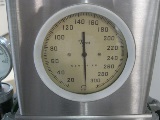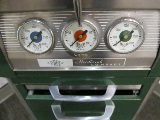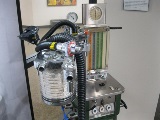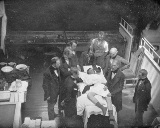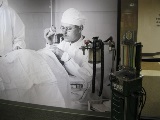In the Operating Room
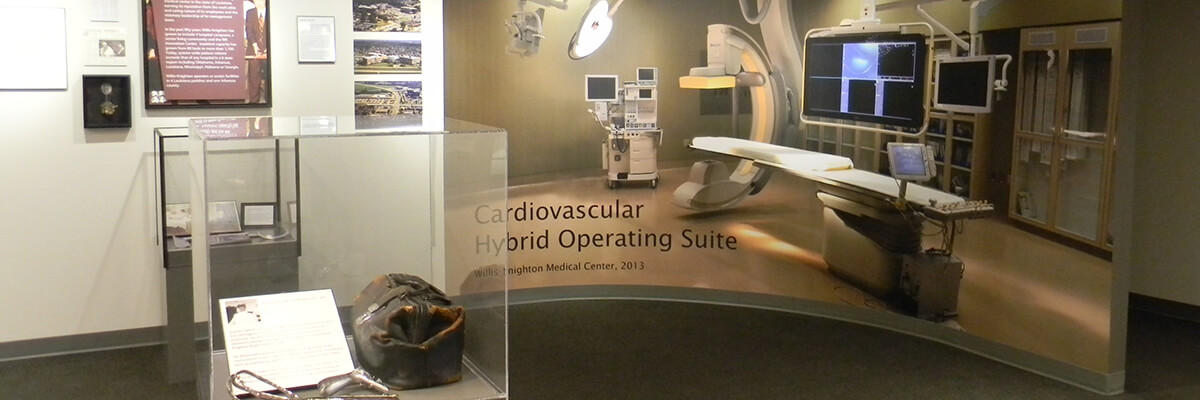
In the Operating Room
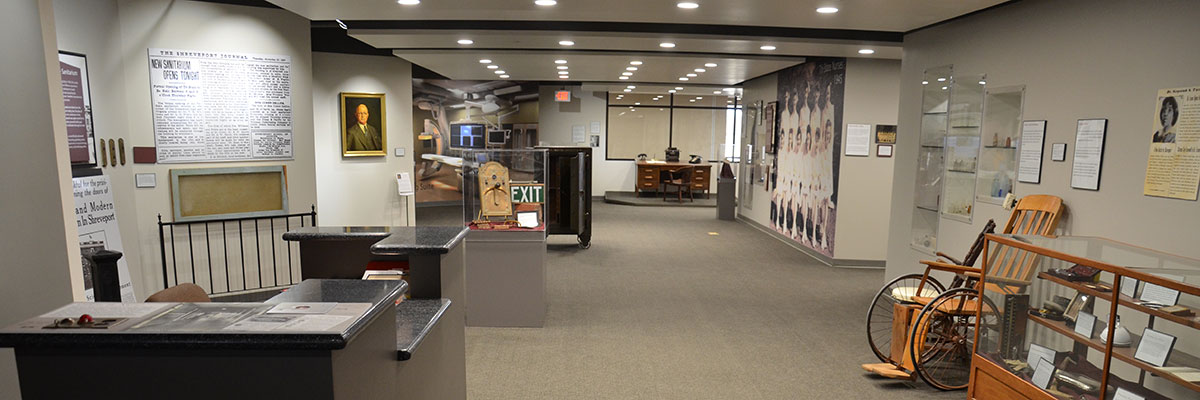
In the Operating Room
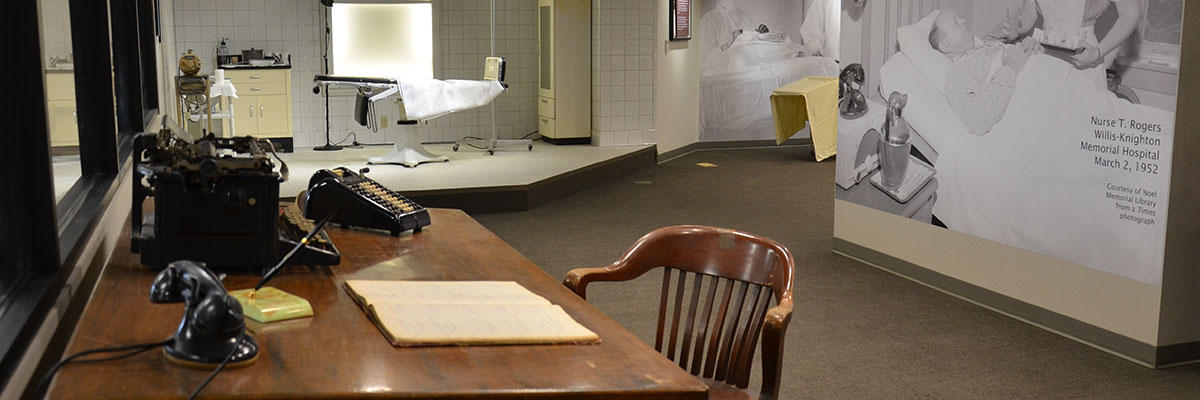
In the Operating Room
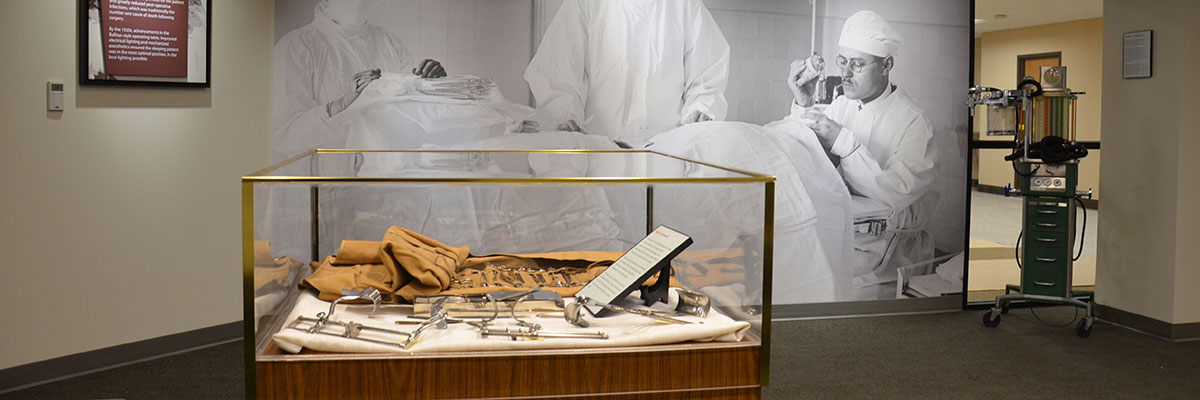
In the Operating Room
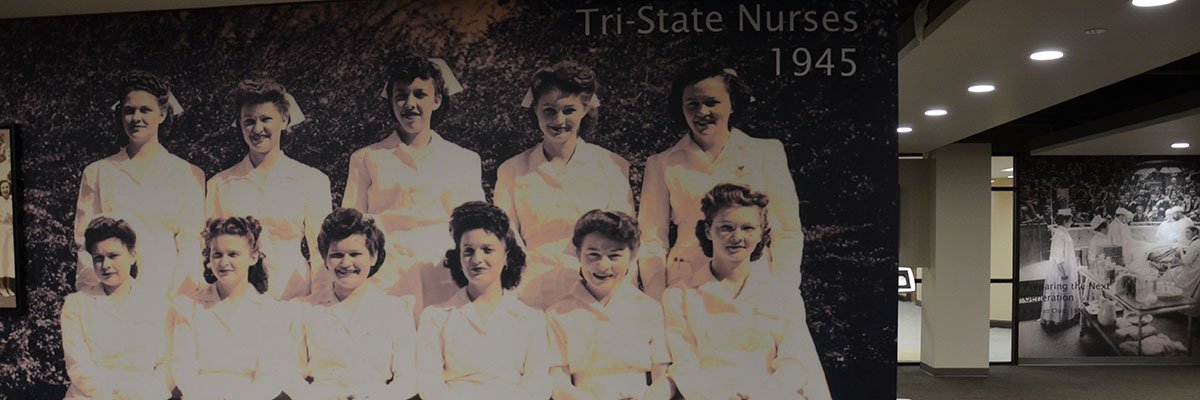
In the Operating Room
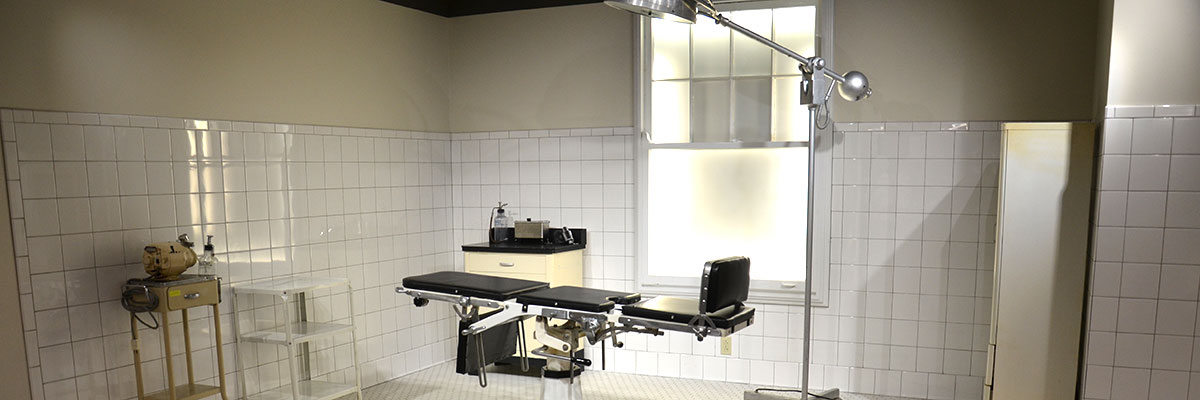
Discover the development and evolution of the modern operating room, from re-purposed kitchen tables and sawdust covered floors to glass operating theaters on the roof of an urban hospital. The exhibit includes a full-scale reconstruction of a 1940s operating room using vintage furnishings, architectural elements and instruments.
Anesthesia Machine
Description
Anesthesia forever changed surgery from a horrifying prospect to what is today a fairly common, if still uncomfortable, proposition.
For centuries doctors used alcohol, opium and other drugs to dull pain for an operation. Under these conditions it was relatively easy to “put someone to sleep”, but often difficult to revive them. Afterwards, a patient might easily die from shock or infection.
Modern painless surgery began in the 1840s with the use of ether. Medicine at once realized the breakthrough. Almost immediately the first “painless” surgical operation in October 1846 was re-enacted in front of a Daguerreotype camera. The physicians and surgeons assumed their roles as they had in the real operation.
Developments in painless surgery continued into the 20th Century with the introduction of chloroform and an anesthesia machine. Developed by Dr. Henry Boyle, his machine delivered measured amounts of anesthetic and oxygen to the patient.
Though considerably different in style and complexity from Boyles’ original, anesthesia machines like the one in the Talbot Museum patented around 1940 by the Ohio Medical Instrument Company would still be called “Boyle’s” machines until the end of the 20th Century.
Location in Museum
In the Operating Room ExhibitAge
Circa 1960


